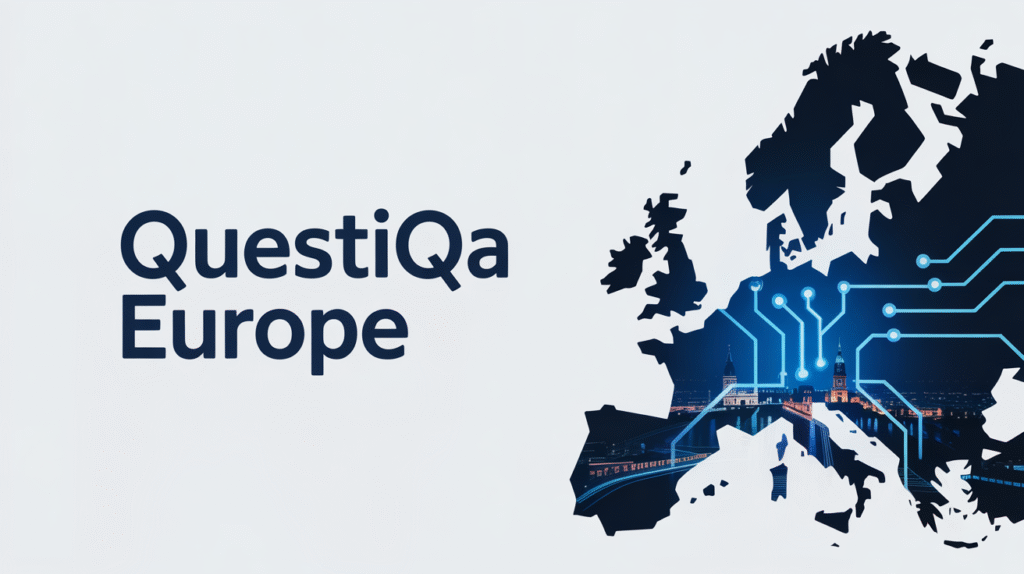Summary – Explore how recent U.S. tariff threats are influencing European trade policies and corporate strategies across the continent.,
Article –
In late 2019, escalating tensions between the United States and the European Union (EU) over imposed tariffs created ripples across transatlantic trade relations, compelling European businesses and policymakers to reconsider their strategies. The Trump administration’s threat of imposing a 30% tariff on European goods not only intensified diplomatic friction but also generated significant uncertainty for European exporters, with particular implications for the United Kingdom (UK) amidst its post-Brexit transition phase.
Background
The recent discord traces back to longstanding disputes revolving around subsidies to aircraft manufacturers, particularly Boeing in the U.S. and Airbus in the EU. After World Trade Organization (WTO) rulings found both sides to have unfairly supported their respective industries, Washington announced the intention to levy tariffs on approximately $7.5 billion worth of EU imports, previously escalating this to threaten a 30% tariff on several EU products. This action occurred amid broader geopolitical tensions and ongoing U.S. trade negotiations targeting multiple regions.
The UK’s evolving relationship with the EU post-Brexit is crucial to understanding the context. With Brexit finalized in January 2020, the UK was navigating new trade arrangements, including seeking to establish independent trade agreements and position itself as an alternative investment and distribution hub for companies wary of tariffs affecting EU-based operations.
Key Players
Central actors include:
- The U.S. government, under the leadership of then-President Donald Trump, advocating for aggressive tariff policies aimed at addressing trade imbalances and perceived unfair subsidies.
- The European Commission, the EU’s executive arm, coordinating responses to protect member states’ interests, emphasizing adherence to WTO rules and readiness to retaliate if necessary.
- National governments within Europe, particularly Germany, France, and the UK, each playing influential roles:
- Germany’s export-oriented economy faced significant potential disruption.
- France advocated for strong EU unity in negotiations.
- The UK sought to leverage its newfound trade autonomy amid these shifts, attracting businesses considering relocation to mitigate tariff exposure.
European Impact
The tariff threat precipitated several political and economic repercussions across Europe. Economically, industries ranging from automotive to agricultural products faced uncertainty regarding market access and supply chain stability. Businesses were compelled to assess their operational footprints and consider relocating logistics or production facilities to circumvent tariffs.
The UK’s position became increasingly pivotal. Some companies viewed the UK as a viable alternative base, given its independent trade policy and English-speaking environment. This trend posed challenges and opportunities for both the UK and the EU. For the EU, potential loss of businesses to the UK risked economic disruption and diminished market cohesion. Politically, the episode underscored the necessity for the EU to consolidate its trade defense instruments and diversify strategic partnerships.
Wider Reactions
EU institutions responded promptly, with the European Commission voicing strong opposition to unilateral U.S. measures and reaffirming commitment to WTO compliance and dispute resolution. European Parliament leaders called for solidarity among member states to resist external pressure effectively.
Member states expressed varying degrees of concern, reflecting their economic ties and sectoral vulnerabilities. Germany emphasized safeguarding its export industries, while France stressed the importance of defending EU sovereignty in trade negotiations.
Beyond Europe, global economic experts highlighted the risks of escalating protectionism, warning that such tariffs could provoke retaliatory actions, disrupt global supply chains, and dampen economic growth worldwide. Analysts also noted that the situation might accelerate Europe’s strategic efforts to enhance economic resilience and reduce dependency on single markets.
What Comes Next?
Looking ahead, several scenarios could unfold:
- The EU might strengthen its trade policy toolkit, including more robust tariff retaliation mechanisms and initiatives to bolster intra-EU trade to cushion external shocks.
- Diversifying trade partnerships beyond traditional allies could also become a priority to mitigate future risks.
- European businesses, especially those with transatlantic operations, are likely to adapt by:
- Reconfiguring supply chains.
- Increasing investment in the UK if tariff barriers persist.
- Lobbying for clearer, predictable trade frameworks.
- Diplomatic negotiations remain pivotal, with both the EU and the U.S. having incentives to resolve disputes and avoid damaging trade wars. Success would depend on compromises concerning subsidies, market access, and regulatory standards.
In conclusion, the threatened U.S. tariffs during this period have functioned as a catalyst for re-examining Europe’s trade relationships, exposing vulnerabilities, and prompting strategic adjustments at multiple levels. How Europe navigates these challenges will significantly shape its economic and geopolitical landscape in the years to come. Can the EU and its partners reconcile differences to foster a more stable and mutually beneficial trade environment, or will tensions persist, urging European actors to recalibrate their approaches?

More Stories
Inside England’s Historic Triumph: What It Means for European Football and Society
How England’s Historic Football Victory Could Influence European Sporting Dynamics
How India’s Outreach Drive Could Influence Europe-India Trade Dynamics